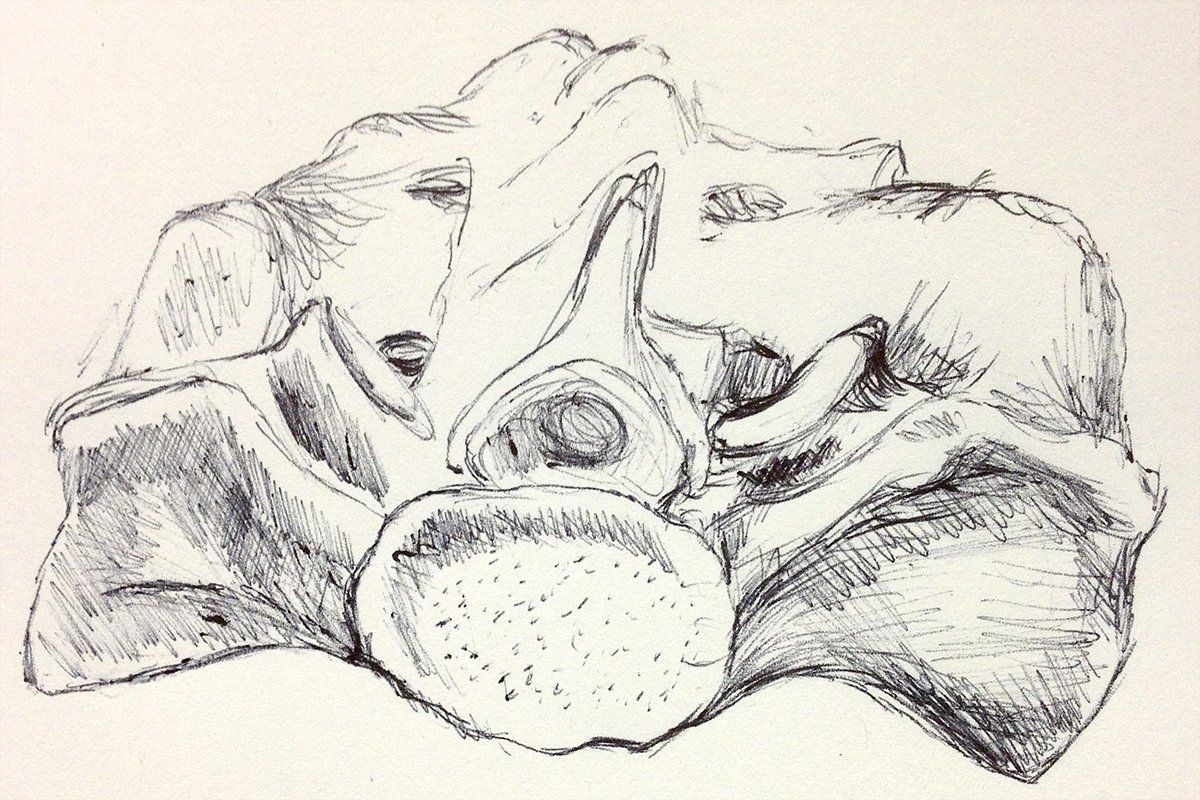16. Reflexive Non-Dualism in Research

The benefit of a non-dualistic ontological stance is that it liberates the phenomenologist from the constant challenge of having to agree that there is a distinction between internal things and external things, and in their manner of appearance to human consciousness.
You may remember in blog post 13, I gave a brief definition of non-dualism as the ontological principle that objects of the world need not be categorised as either matter or energy (physical/mental; cosmos/consciousness; material/spiritual). But nor does it require a commitment to either materialism (the ontology underpinning post-Enlightenment western science prior to Einstein), or to idealism (as espoused by philosophers such as Hegel and Spinoza). Instead, “non-dualism” can accommodate both monist and pluralist ontologies, including hermeneutic realism.
For a phenomenologist, things may have the appearance of seeming to be either of an inner realm (eg. thoughts, ideas, dreams) or of an outer realm (eg. mountains, people, machines), but in “hermeneutic reality” what we actually have, is a stream of encountering the meaning of things as they appear to us, in a plane of immanence, without there ever being the need for a conclusive methodology to distinguish between the inner-ness and outer-ness of things.
As a westerner, substance dualism is my intellectual heritage (Christian and post-Enlightenment), and the process of understanding non-dualist ontologies is a faltering one. I constantly find myself using language that betrays my dualistic roots, such as, “I’m really struggling to get my head around the idea of non-dualism, even though I don’t believe that mind and body are two separate things”! But I have found that, over time, with research into the work of phenomenologists such as Maurice Merleau-Ponty and Eugene Gendlin, I was able to re-set my ontological assumptions (over and over again), so that I could more instinctively understand that mind-body is one; body-environment is one; person-world is one.
Then there is the challenge to remove those hyphens that still hint at dualism. I have found a work-around that makes sense to me; something that comes from the panpsychist philosophy of consciousness and which is articulated by philosophers who are working within the field of Integrated Information Theory. In short, there appears to human understanding, to be two distinct forms of “stuff”: the mental (Cartesian “res cogitans”) and the material (“res extensa”), but a non-dualist interpretation suggests that these aspects of existent forms are merely appearances (“phenomenal characteristics”).
Instead, we can understand that the mind stuff/energy/force are aspects of being that can also manifest as matter. I am not qualified at all to talk about quantum mechanics, but I think we are all familiar with the proposition that light is now understood as both wave and particle. It is this scientific principle that shows the way towards philosophical non-dualism.
My method of committing to a non-dualist stance, when conducting my research, was to train myself to begin every thought with the reminder that - from a phenomenological starting point - I was not thinking about minds and bodies being separate things, but of being different manifestations of the same thing. This commitment became the “mirror, signal, manoeuvre” of my research activity.
So, whenever I find myself struggling to commit to non-dualism, eg. when I think of consciousness as something that arises from mental activity, or thoughts being the products of thinking, or minds being housed within bodies, I perform the discipline of recommitting to the principle of the unity of substance, and begin again.
In my next post...
I will talk some more about hermeneutic healthcare, and illustrate the model with some examples from my research and clinical practice.
You might also like...




